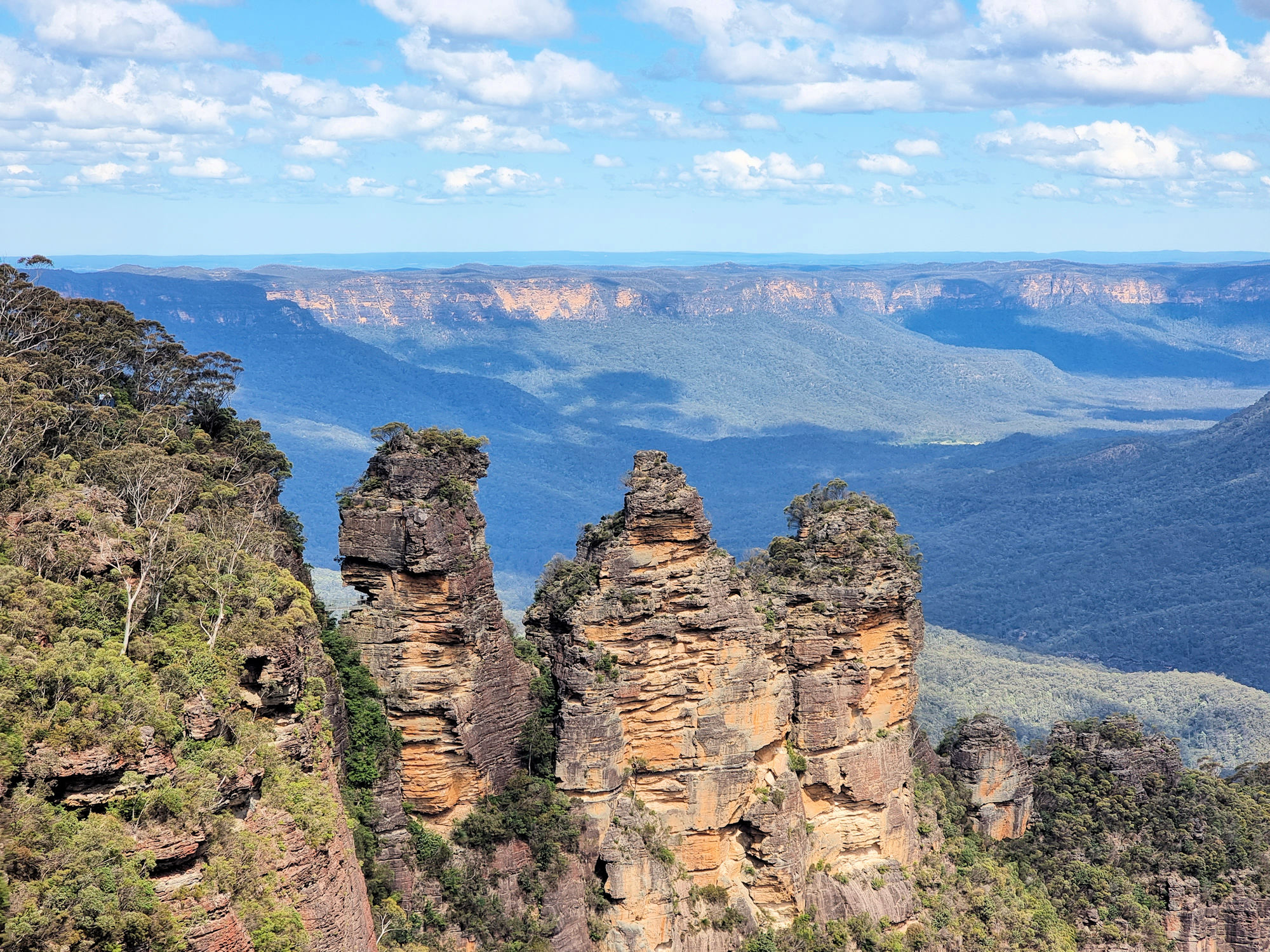Category: Lookout
-
Prince Henry Cliff Walk

Prince Henry Cliff Walk in the Blue Mountains One of the best walks to take in the views of the Blue Mountains, the Prince Henry Cliff Walk is accessible at several points and can be undertaken in stages. This is great because at 7kms one-way, it may be seen as a little too long. During… Read more
-
Grand Canyon Walking Track Blue Mountains

Grand Canyon Walking Track Blue Mountains One of the great walking tracks in the Blue Mountains of New South Wales, the Grand Canyon Track is a 6.3km loop that descends 1,000 steps to Greaves Creek before climbing out again to the top. During the hike, you pass through rain forest, past waterfalls and get some… Read more
-
Echo Point Blue Mountains

Echo Point Blue Mountains Probably the best place to start your trip to the Blue Mountains, Echo Point in Katoomba has amazing views, access to several walks and an information centre. Parking is available in the surrounding streets, where parking meters ensure no-one visits for free. Our first stop was the Visitor Information Centre because… Read more